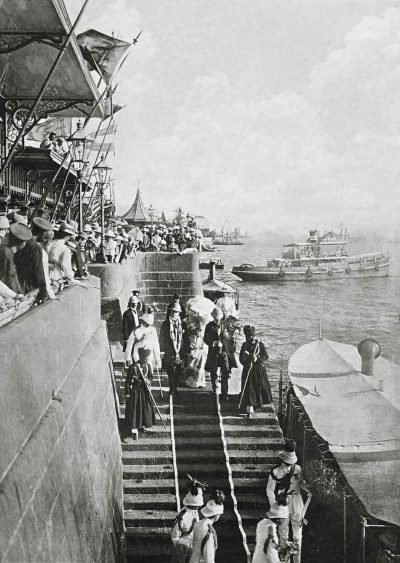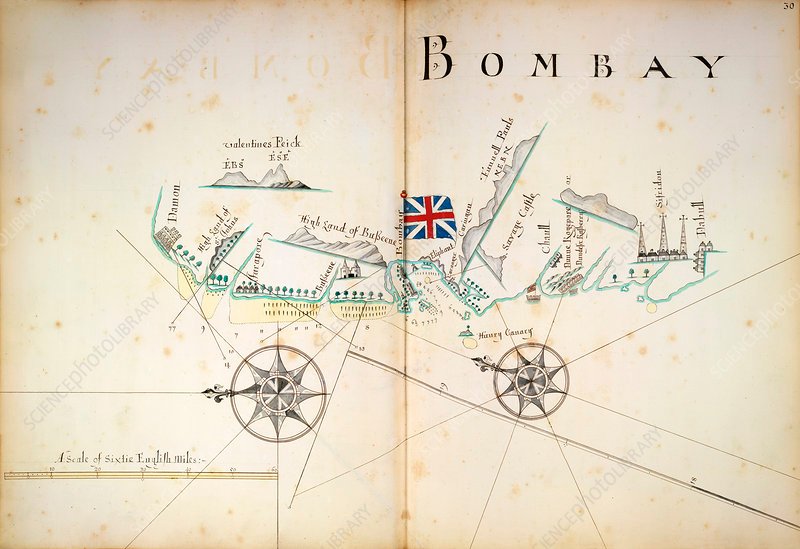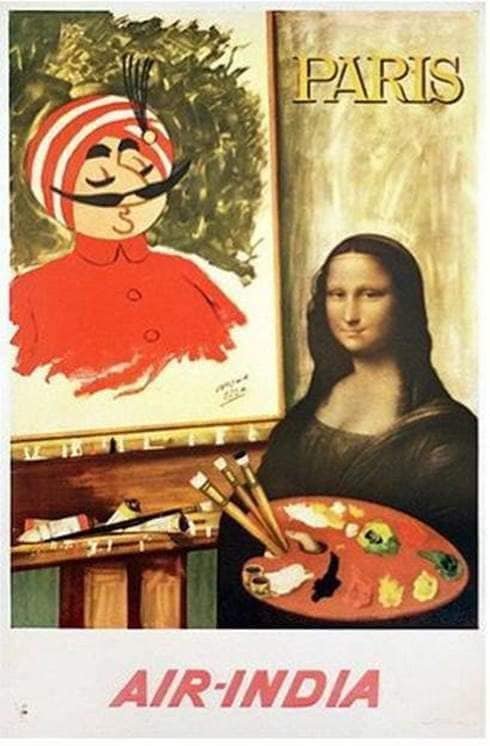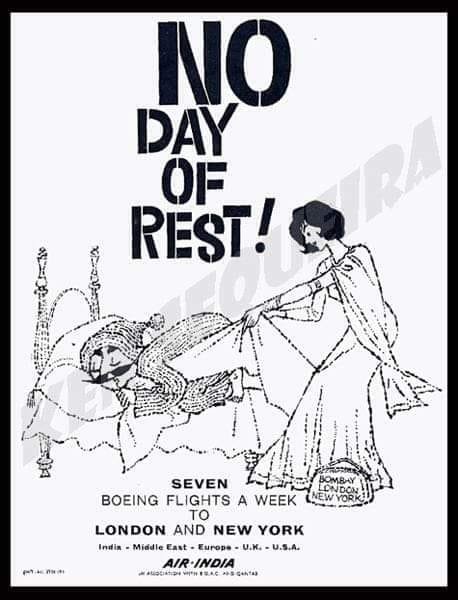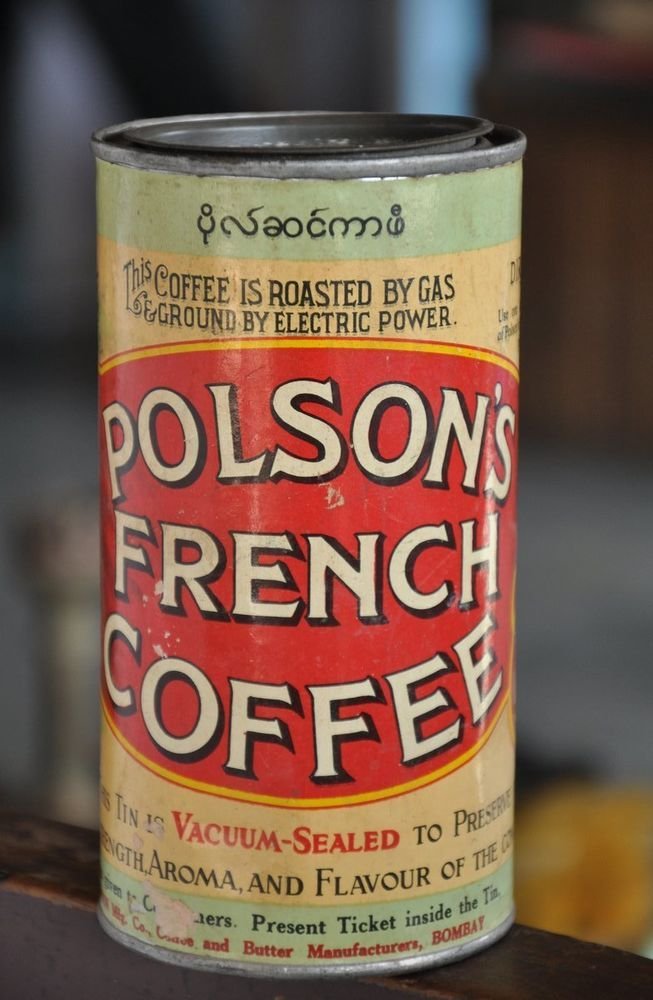Lord Curzon Viceroy of India (1899–1905)
In January 1899 he was appointed Viceroy of India. As such he was ex officio Grand Master of the Order of the Indian Empire and Order of the Star of India. This peerage was created in the Peerage of Ireland (the last so created) so that he would be free, until his father’s death, to re-enter the House of Commons on his return to Britain.
Reaching India shortly after the suppression of the frontier risings of 1897–98, he paid special attention to the independent tribes of the north-west frontier, inaugurated a new province called the North West Frontier Province, and pursued a policy of forceful control mingled with conciliation. The only major armed outbreak on this frontier during the period of his administration was the Mahsud–Waziri campaign of 1901.
In the context of the Great Game between the British and Russian Empires for control of Central Asia, he held deep mistrust of Russian intentions. This led him to encourage British trade in Persia, and he paid a visit to the Persian Gulf in 1903. Curzon argued for an exclusive British presence in the Gulf, a policy originally proposed by John Malcolm. The British government was already making agreements with local sheiks/tribal leaders along the Persian Gulf coast to this end. Curzon had convinced his government to establish Britain as the unofficial protector of Kuwait with the Anglo-Kuwaiti Agreement of 1899. The Lansdowne Declaration in 1903 stated that the British would counter any other European power’s attempt to establish a military presence in the Gulf. Only four years later this position was abandoned and the Persian Gulf declared a neutral zone in the Anglo-Russian Agreement of 1907, prompted in part by the high economic cost of defending India from Russian advances.
At the end of 1903, Curzon sent a British expedition to Tibet under Francis Younghusband, ostensibly to forestall a Russian advance. After bloody conflicts with Tibet‘s poorly armed defenders, the mission penetrated to Lhasa, where the Treaty of Lhasa was signed in September 1904.
During his tenure, Curzon undertook the restoration of the Taj Mahal and expressed satisfaction that he had done so.
Within India, Curzon appointed a number of commissions to inquire into education, irrigation, police and other branches of administration, on whose reports legislation was based during his second term of office as viceroy. Reappointed Governor-General in August 1904, he presided over the 1905 partition of Bengal, which roused such bitter opposition among the people of the province that it was later revoked (1911)
